
TIPS FOR PARENTS:
Helping children understand that they have the right to “Tell people ‘NO’!’” if anyone tries to hurt them or touch them in a way that makes them feel uncomfortable is an important, though sometimes difficult, task. But establishing boundaries around touch is integral to keeping kids safe. Use the tips below to help guide children and other adults when setting the norms and boundaries.
KNOW THE NUMBERS
Children can be hurt by both adults and other children in many ways, though most often it is by someone they know and often trust. For example:

CONTINUE THE CONVERSATION
Having regular, open conversations about safety is one of the best ways to help keep kids safe. Review the KidSmartz rules together. Make sure children understand the basic rules of safety. Let them know that you support these rules.

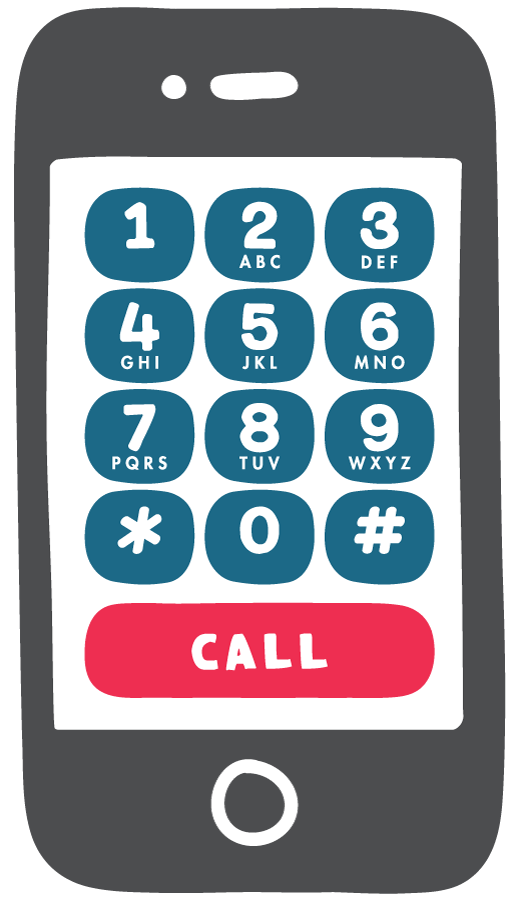
If your child is missing, contact your local law-enforcement agency immediately. Then make a report to the National Center for Missing & Exploited Children® at 1-800-THE-LOST® (1-800-843-5678).
1 Hunter, JA, Figueredo, A., Malamuth, NM, & Becker, JV, 2003
2 NCMEC, 2017
3 NCMEC, 2011-2016
4 NCMEC, 2017
MORE TIPS
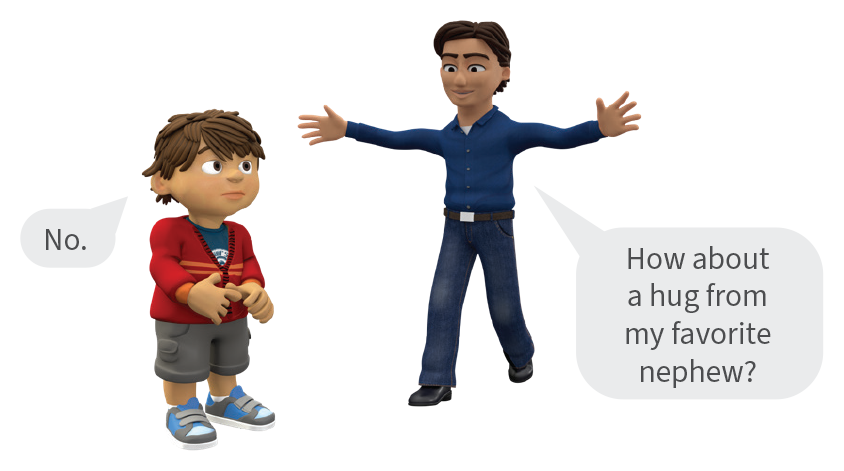
Remind children that their bodies are their own.
It’s never too early to start talking about consent. If your children don’t feel comfortable giving hugs, sitting on laps, or are uncomfortable with another type of touch, encourage them to speak up and tell people “no”.
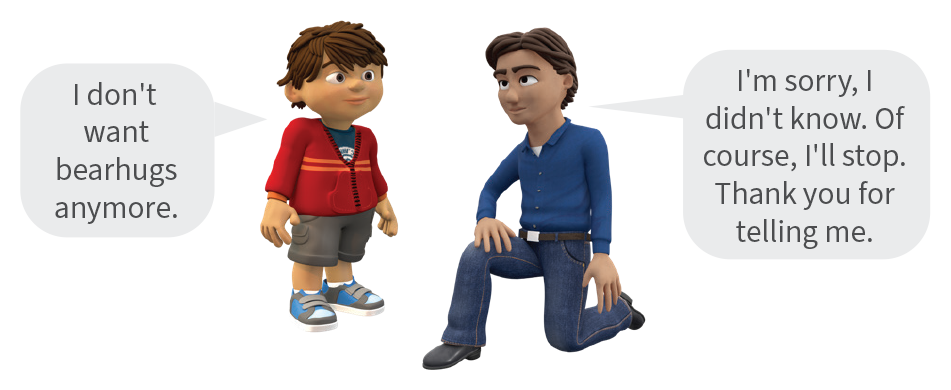
Let children know you will listen.
Encourage children to talk about their concerns and listen respectfully. If your child discloses something troubling, try to respond calmly, and reassure children that telling you was the right thing to do.
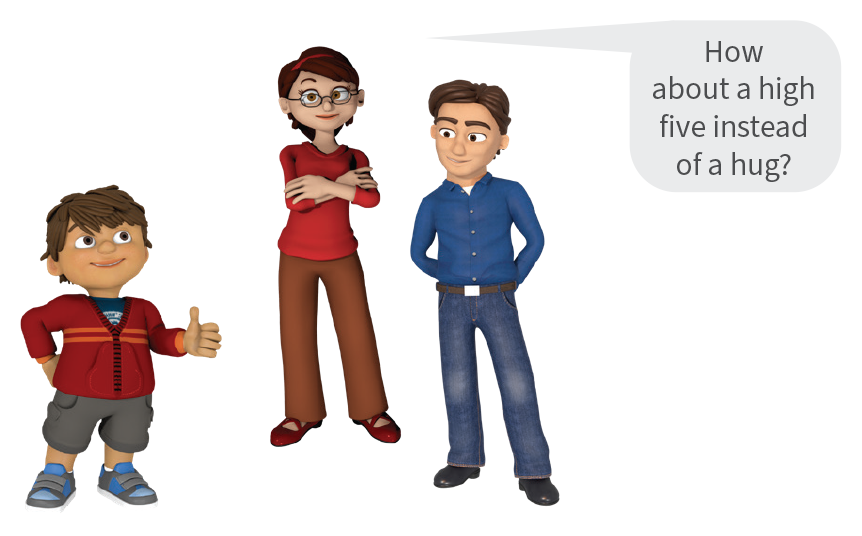
Keep the adults in your child’s life in the loop..
Many friends or family members may not think twice before picking up your children, giving them hugs, or otherwise showing their affection. Let adults in your child’s life know that you are working on these skills and strategies. Suggest alternative options for showing affection if your child expresses discomfort, such as “How about a high five instead of a hug?”
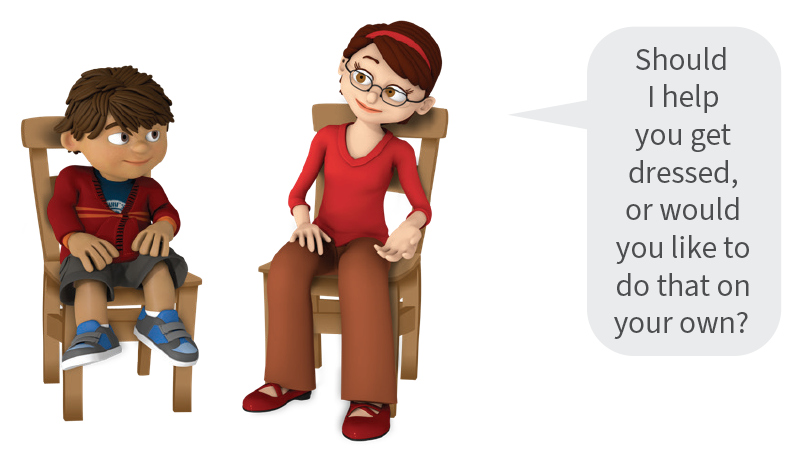
Be a good role model.
Demonstrate what consent and boundaries look and sound like. Ask younger kids questions like “Would you like to be picked up to see better?” or “Should I help you get dressed, or would you like to do that on your own?”. Take it a step further by extending this behavior to adults that you and the child interact with, for example: “I’m sorry you had a bad day Aunt Maria, can I give you a hug?”
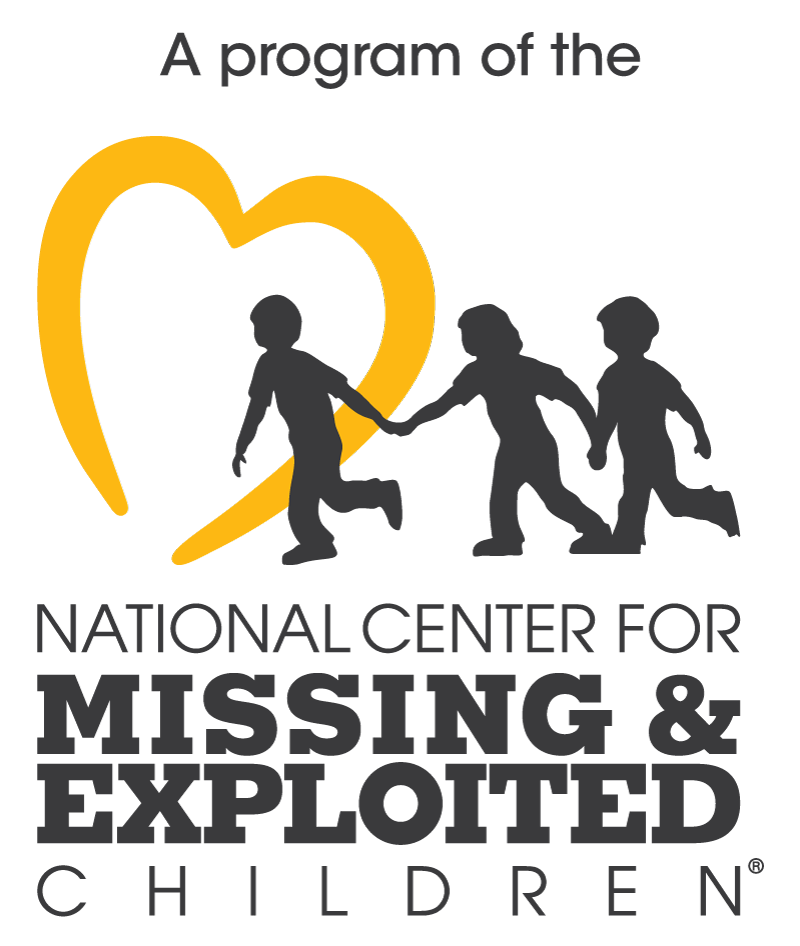

![]() Download “Setting Physical Boundaries” Tip Sheet (EN)
Download “Setting Physical Boundaries” Tip Sheet (EN)
![]() Descargue la hoja de consejos “Establecer límites físicos” (ES)
Descargue la hoja de consejos “Establecer límites físicos” (ES)

